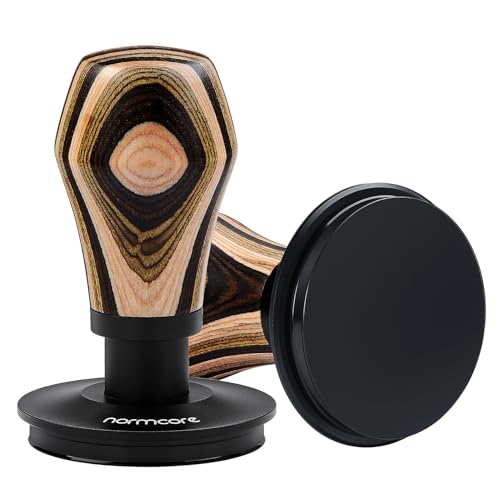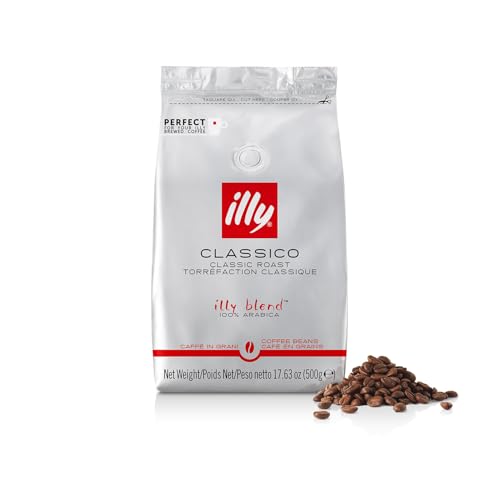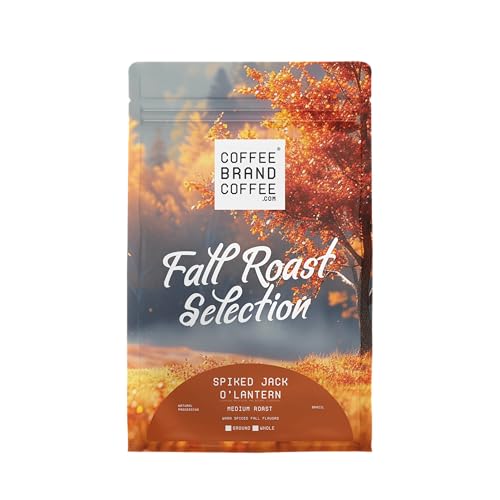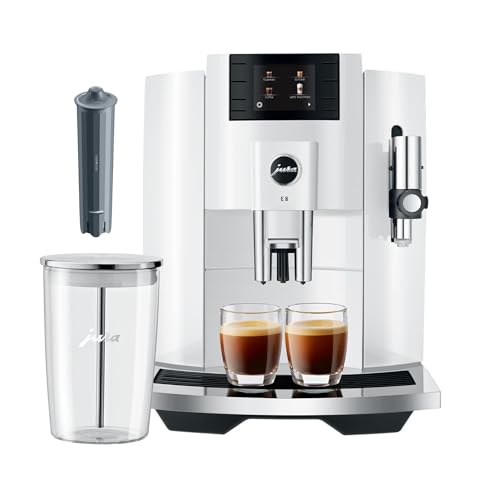Flat vs. Convex Espresso Tampers: Which One Should You Use?
Why Tamper Shape Matters More Than You Think
Once you’ve already determined the size of your tamper, there’s one other aspect that might trap you in: the shape of your tamper base. Is it flat or convex? It’s a small detail that will actually make a big impact to how your coffee extracts.
Let’s take a closer look so you don’t have to waste time second-guessing your gear.
What’s the Difference?
FeatureFlat TamperConvex TamperShapeCompletely flat baseSlightly rounded, dome-shaped basePressure SpreadEven across the surfaceConcentrated in the centerChanneling RiskLow if distribution is perfectCan reduce edge channeling in some casesSkill RequiredBest for users with even distributionMore forgiving with puck prep
Flat Tampers: The Classic Standard
Most baristas—especially in specialty cafes—use flat tampers. With even distribution and tamp level, a flat base gives even resistance everywhere on the puck, which supports balanced extraction.
Flat tampers are ideal if:
You’re using a precision basket (like VST or IMS).
Your puck prep is clean and consistent.
You want full control over the tamping process.
Convex Tampers: A Forgiving Friend
Convex tampers have a slight dome that presses more toward the center of the puck. This can help minimize edge channeling, especially if your distribution isn’t perfect.
Convex tampers may work well for:
Beginners who are still refining their tamping technique.
Pressurized or non-standard baskets.
Equipment with non-uniform water dispersion.
???? Small Tip: Some budget espresso machines are assisted by convex tampers due to uneven shower screens.
So… Which One Do You Need?
Here’s a simple method for making up your mind:
✅ Go flat if you’re working with a standard or precision machine and want greater control.
✅ Go convex if you’re a newbie or with lower-end gear.
Technique is more crucial than tamper form in the end—but an accommodating tool will allow you to figure it out faster.
A Personal Aside on Shifting from Convex to Flat
I started off with a Breville Bambino and used a convex tamper to mask over my distribution deficit. And it was great. But when I switched to a Gaggia with a bottomless portafilter, I shifted to flat—and could tell I was getting it wrong.
The upgrade wasn’t just about gear. It also instructed me to level up my prep, as well.
Final Thought
There’s no such thing as the absolute perfect tamper shape—only what’s best for your gear and technique skill set. If possible, try both. But don’t let this small detail hold you back from forging ahead on your espresso adventure.

















